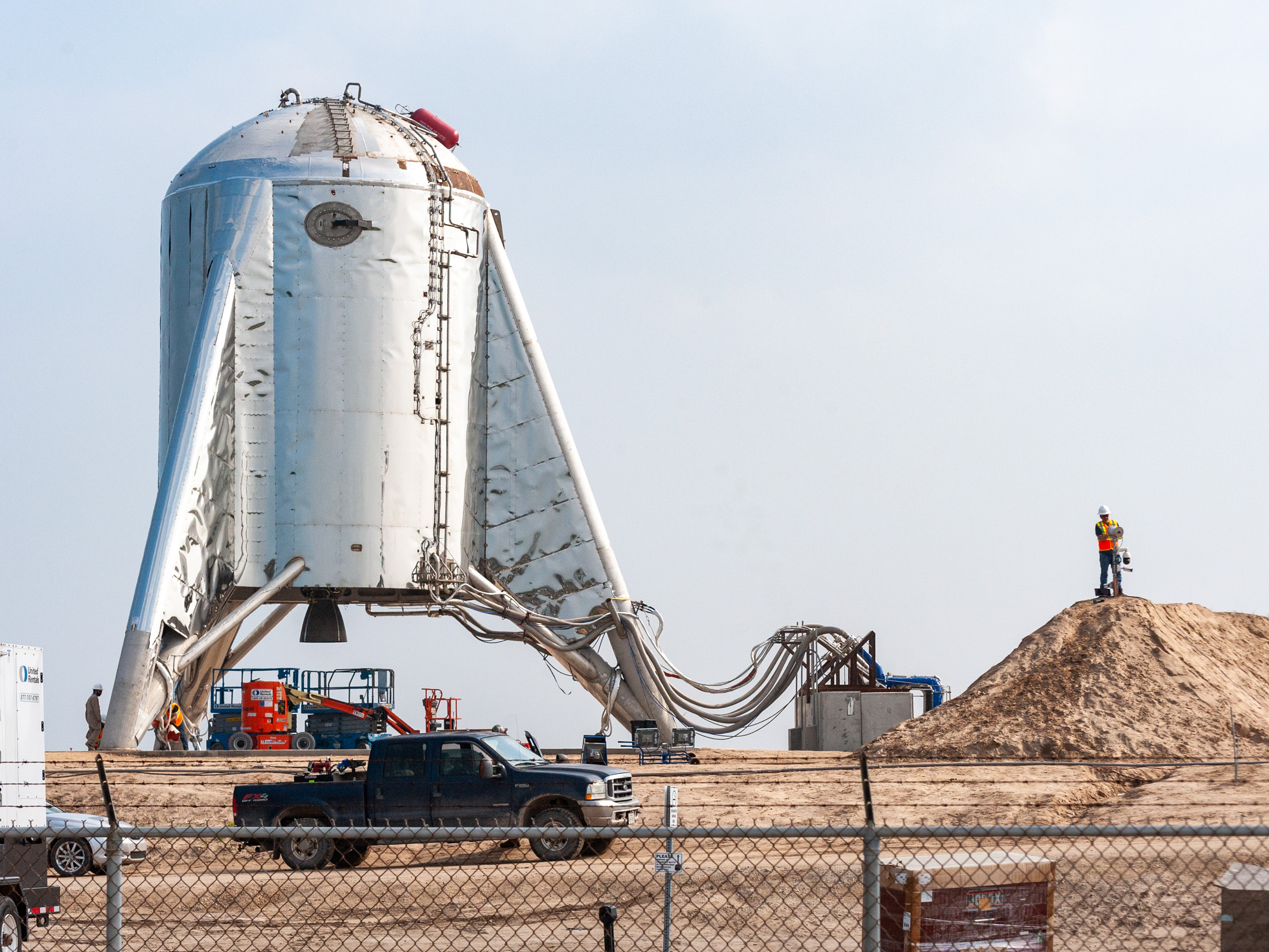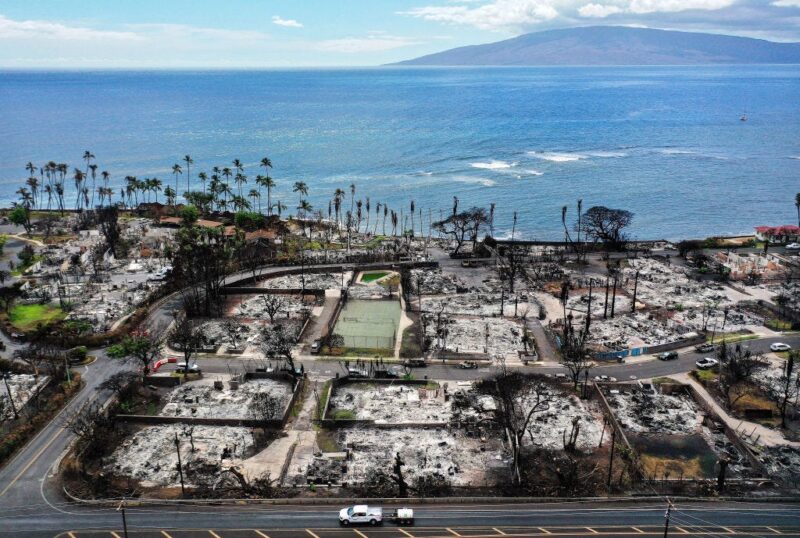- SpaceX, the rocket company founded by Elon Musk, has been developing a launch site in south Texas since 2014.
- The facility is located in about 17 miles east of Brownsville, one of the most impoverished US cities, and surrounds a small community called Boca Chica Village.
- SpaceX initially planned to launch a dozen commercial payloads a year from the site. Now it’s using the private spaceport to develop Starship: a rocket designed to send people to Mars.
- Business Insider recently visited the area and chatted with locals. Here’s what we saw and heard.
- Visit Business Insider’s homepage for more stories.
In June 2012, SpaceX quietly started buying up properties in Boca Chica, Texas: a remote, rugged, and sleepy beach community in the southernmost tip of the state.
Two years later, Elon Musk’s company gained approval from federal, state, and local governments to build what he said would be the world’s first commercial spaceport. By late 2018, however, SpaceX converted the facility into skunkworks for development of a giant, fully reusable space vehicle called Starship.
A completed Starship (formerly called Big Falcon Rocket) would have a giant spaceship sitting atop a powerful, reusable booster. If all goes according to plan, the launch system could stand nearly 400 feet tall, lower the cost of accessing space by a factor of 10, and enable humanity to walk upon Mars in the mid-2020s and build a sustainable city there in the 2050s
SpaceX’s launch site is unique for other reasons, though – including the fact that a small village of people live inside it. Some residents can see this futuristic vision of spaceflight being built and tested from the windows of their homes.
To gain a better understanding of the site and its future, Business Insider traveled to Boca Chica, met with residents, spoke to local experts, and took a look around. We even witnessed the very first "hop" of a stubby steel Starship prototype called Starhopper.
Here's what SpaceX's south Texas launch site is like, what we saw there, and some of the things we heard.
Boca Chica is one of the southernmost point in the US, which is helpful for launching rockets. Closer to Earth's equator, the planet's rotation can add valuable speed, which helps save fuel.
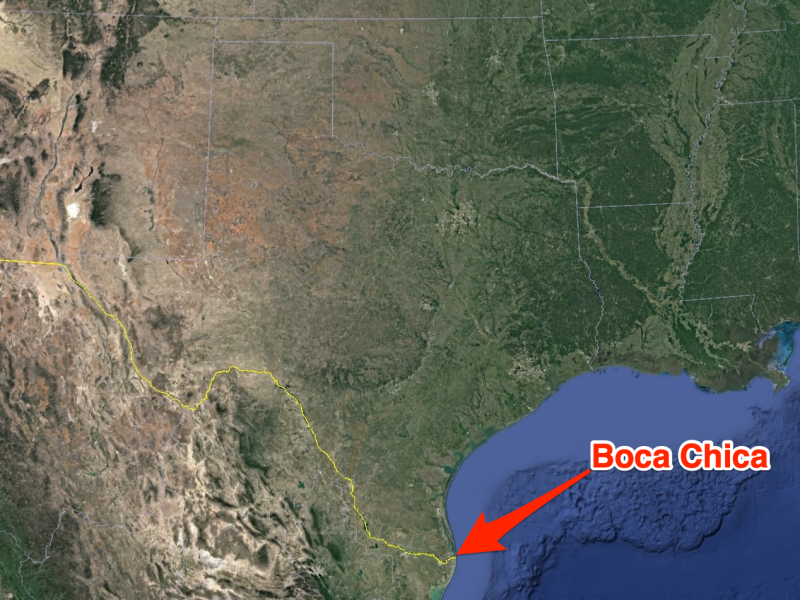
Getting to SpaceX's site there requires some effort — it's roughly 20 miles from the Brownsville-South Padre Island International Airport, which can handle only about 0.1% of the volume that an airport like LAX can.
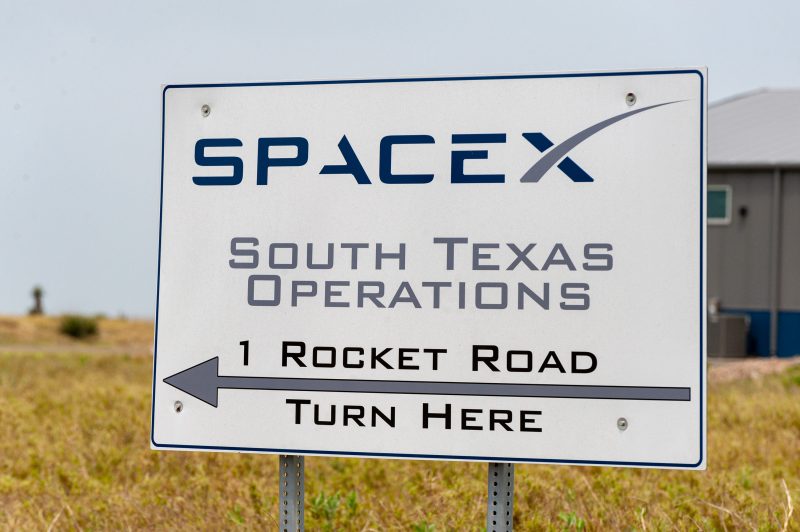
Highway 4 takes you to the site. The drive mostly cuts through wild and uninhabited scenery. At some points, the Rio Grande sits no more than 1,000 feet from the road.

The US-Mexico border wall sits just south of the highway. A few miles into the drive, it abruptly ends.

A Border Patrol checkpoint awaits anyone using the road. Airplanes, balloons, and drones also fly over the region, scouting for undocumented people who've crossed over.

SpaceX's facility is located 17 miles east of Brownsville, which has a population of about 420,000 (combined with neighboring Harlingen). It's often listed as one of the poorest cities in the US, yet it's among the nation's fastest-growing urban areas.
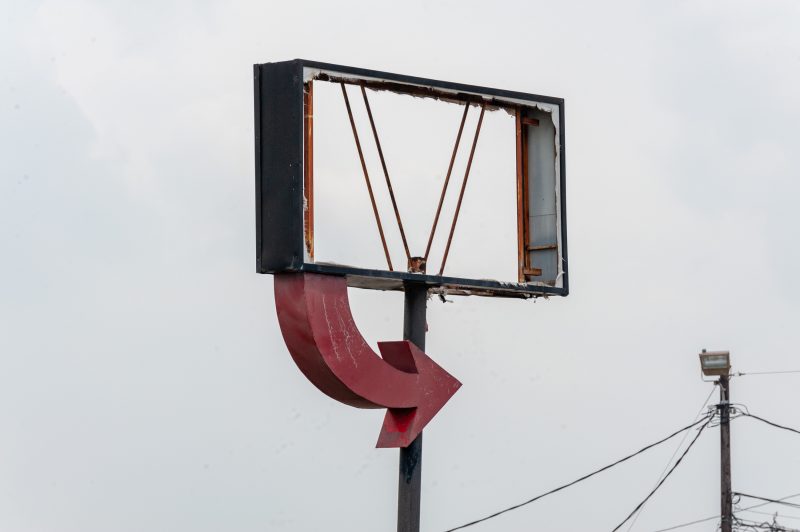
Sources: Census Reporter, 24/7 Wall St., The Brownsville Herald
But closer to SpaceX's site sits a wide-open wilderness: Boca Chica State Park and Las Palomas Wildlife Management Area.
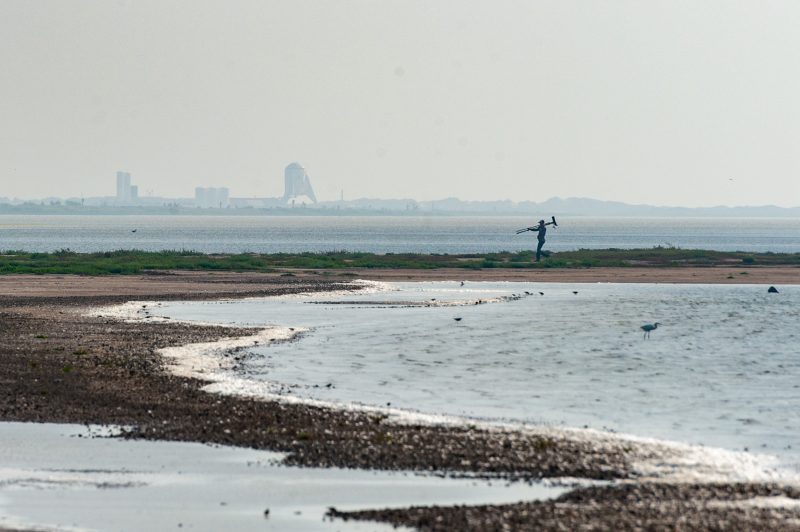
Wetlands host flocks of birds during migrations, and clay mounds called lomas support a diversity of native and often endangered species. Even ocelots are occasionally seen traipsing through the area.

One of the first and most obvious signs of a spaceport is Stargate: a two-story, multi-million-dollar facility built by the University of Texas, Rio Grande Valley. SpaceX uses it as a control center during test launches.

The company is known for getting a "Rocket Rd" sign set up at each one of its facilities around the US.
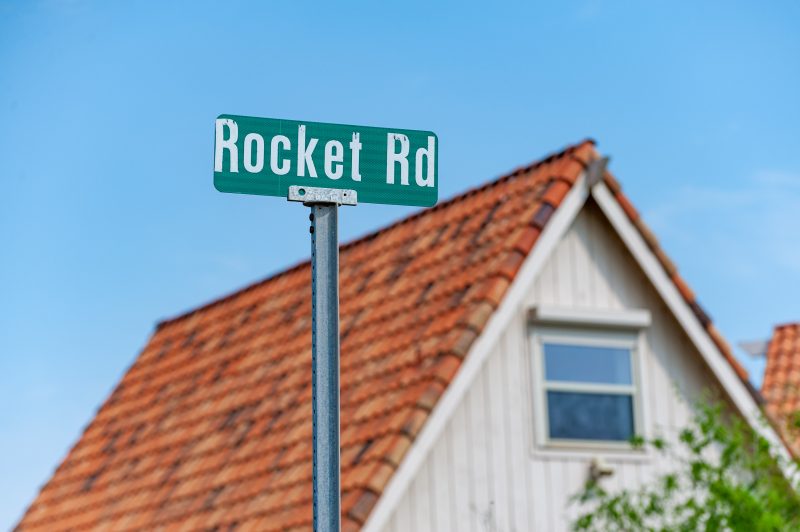
A handful of people live in Boca Chica year-round, but most residents are part-time. Many come from northern Texans, though others hail from far-away states. Sam Clauson, shown below, lives primarily in South Dakota.

The brilliant sunsets, abundant birds, warm weather, relative isolation, and natural quiet were a big draw for many residents.
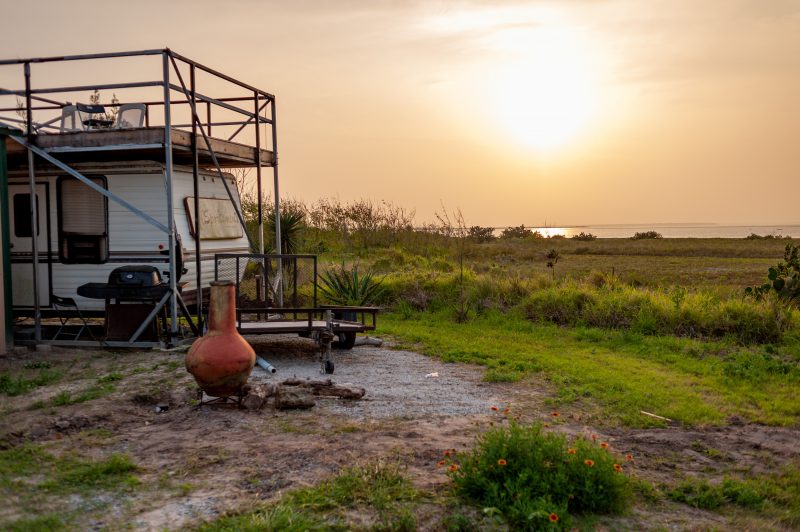
Boca Chica life is not always easy, though. In 1967, Hurricane Beulah — a Category 5 storm — battered and flooded the area, which at the time was home to a newly established Polish community called Kennedy Shores.

The storm destroyed buildings, fouled utilities, and washed away a lot of plats. Mayor Stanley Piotrowicz later renamed the community Kopernik Shores, after Nikolai Kopernik (or Nicolaus Copernicus) — a Polish astronomer known for placing the sun, not Earth, at the center of the universe.

Source: FAA
After Piotrowicz' death, the hamlet was informally renamed Boca Chica Village.
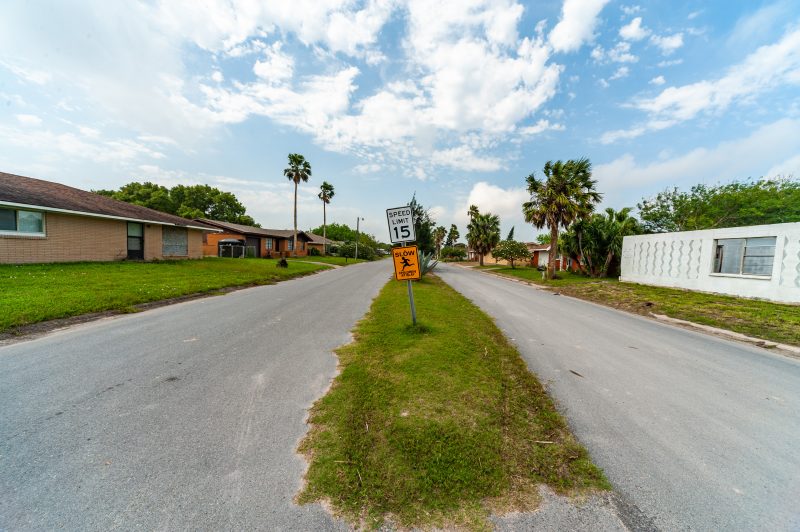
Source: Texas Monthly Source: Texas State Historical Association
In addition to braving severe weather, residents of the Boca Chica area must get their water supplies trucked in, since no mains run out to the area.
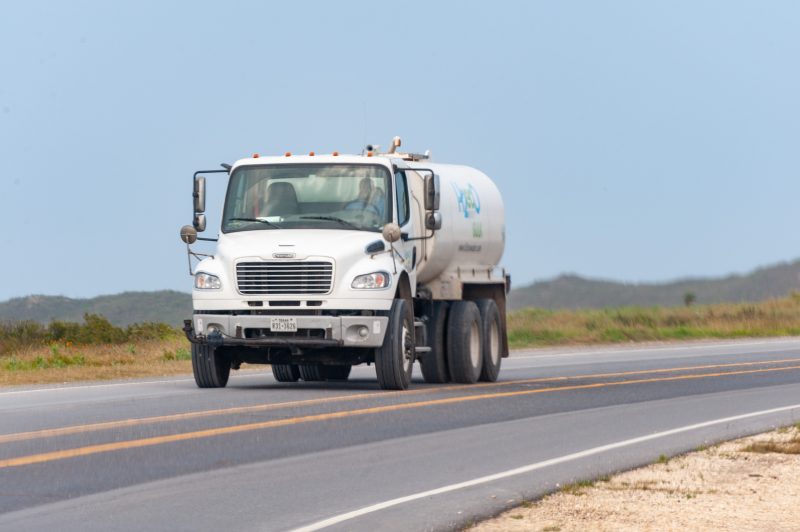
Potable water is stored in large cisterns, like these two between homes on Weems Road.
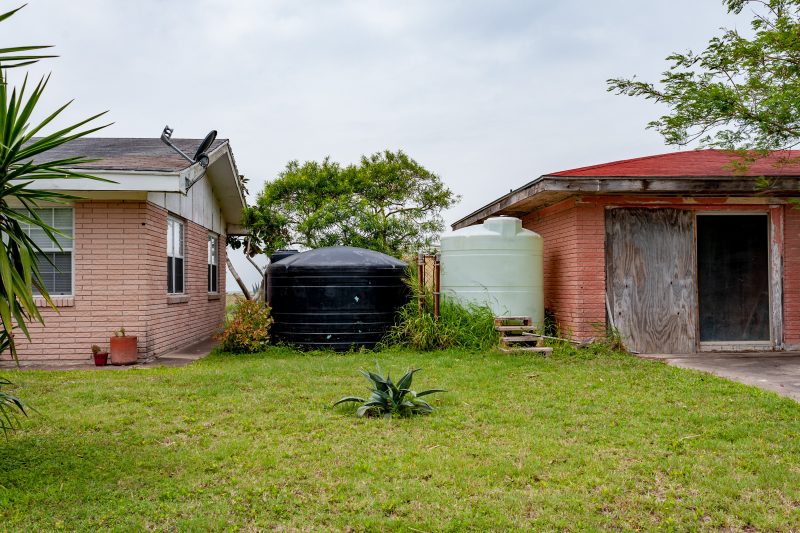
The summers are also sweltering. Residents say it's difficult to do anything outside except during the morning and evening.

Muddy ruts in unpaved roads can easily trap unsuspecting vehicles driving through Boca Chica Village.

Despite these challenges, SpaceX saw the area as promising spot for a private spaceport. The company used a subsidiary called Dogleg Park LLC (a "dogleg" is a direction-changing rocket maneuver) to buy up properties like this one.

The company mailed letters to some homeowners about buying them out. Many held onto their properties; some residents said the offers were mediocre, others had no interest in leaving.

By 2014, SpaceX had enough land — and approval from government stakeholders — to officially announce its plans to develop Boca Chica into a spaceport.

The company trucked in two large spacecraft-tracking antenna that it had acquired from NASA.
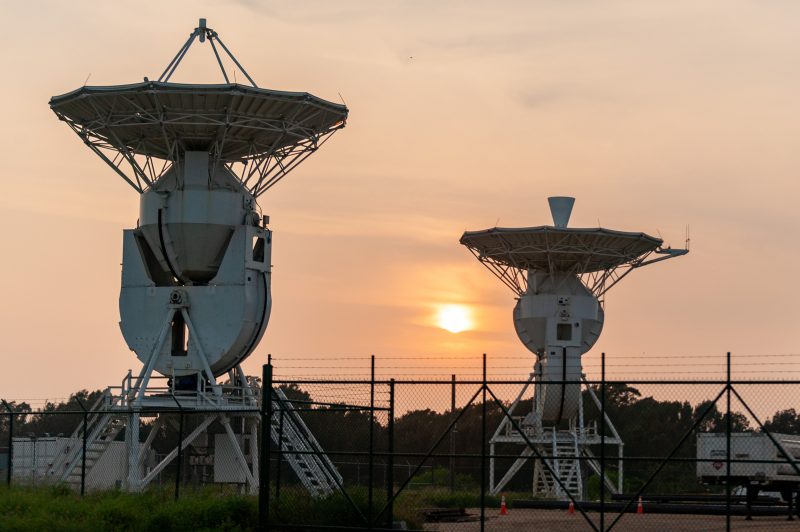
It also built a 632-kilowatt solar energy farm to power its site operations.

Sources: Electrek, Energysage
But SpaceX ran into trouble when trying to build a launch pad near Boca Chica Beach, a rugged recreation area. The beach is popular with four-wheelers, fishers, tourists, and — these days — fans of SpaceX.

The ground in the area is porous, allowing water to infiltrate and destabilize heavy and tall structures like the ones SpaceX planned to build.
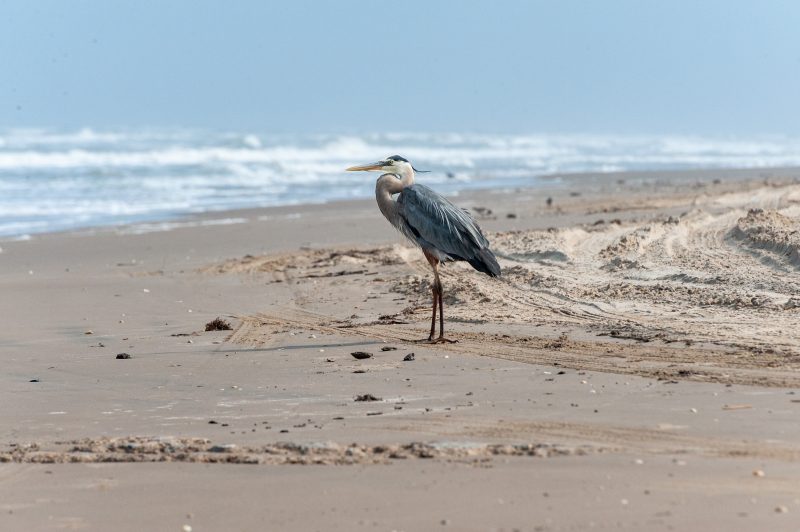
The company hoped to find bedrock to support a launchpad, water and lightning towers, and other hefty structures. But it said it did not find any.
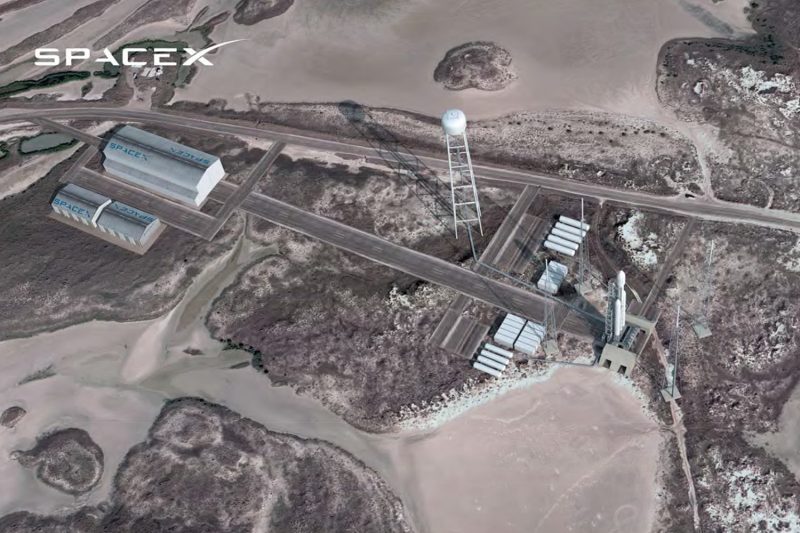
SpaceX's vision for its Texas site was to launch up to one Falcon-class rocket per month from Boca Chica: about 10 missions on its Falcon 9 and two on its Falcon Heavy vehicles.

In hopes of making that possible, the company dumped 310,000 cubic yards of soil — about 22,000 truckloads' worth — onto the ground to compact or "surcharge" it in order to prevent launch-site structures from sinking and leaning.

While the soil piled up, though, SpaceX suffered two rocket explosions in Florida: one in 2015 during a cargo launch, and another in 2016 during a ground test. The incidents consumed resources and focus away from south Texas.

By early 2018, after years of waiting for the extra soil in Boca Chica to settle, Musk said the company would no longer use the spaceport to launch Falcon 9 and Falcon Heavy rockets.

Instead, he said, the company would dedicate its south Texas site to the development of a new spacecraft capable of sending people to Mars: Starship (then called Big Falcon Rocket).
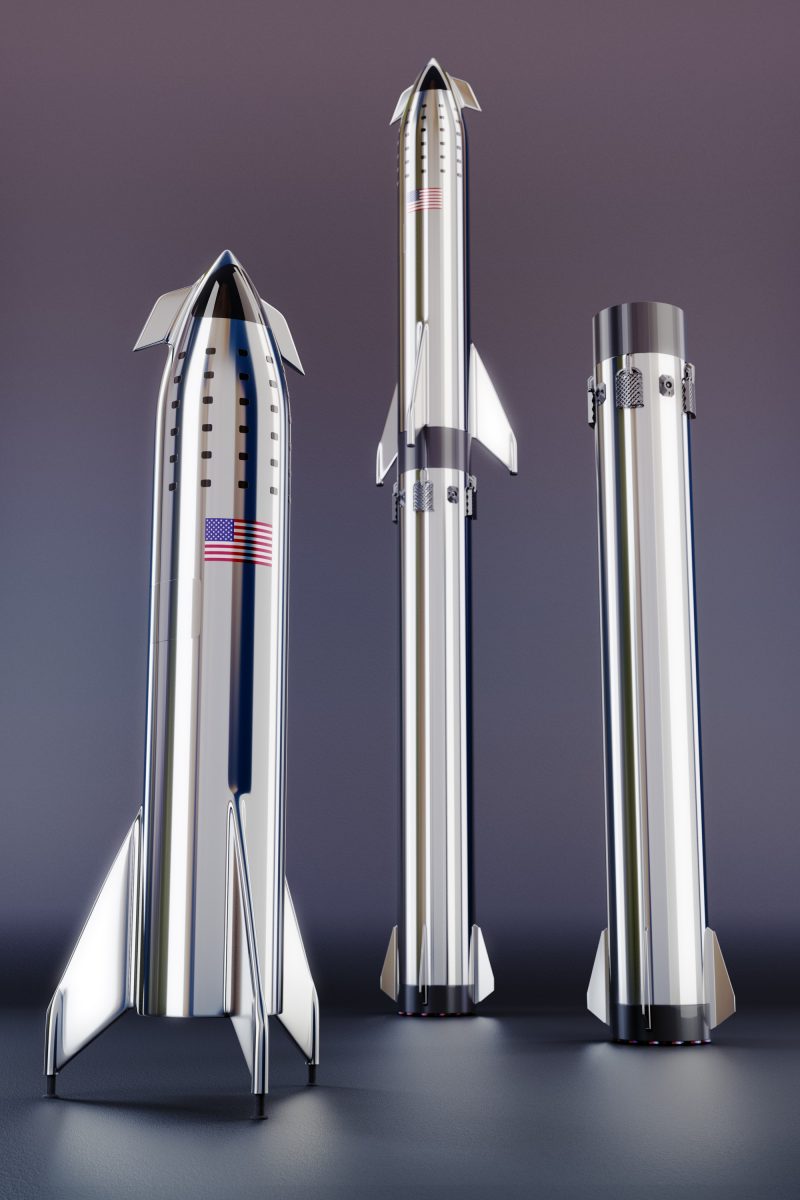
Workers began swarming the area. Some trucked in huge tanks for storing liquid methane. That's the fuel Starship's Raptor engines use. (SpaceX hopes to one day manufacture methane from existing resources on Mars.)

The company also hauled in enormous liquid-oxygen tanks (for burning the methane) and nitrogen to keep the liquids chilled prior to launch.

Before long, welders were putting together 30-foot-wide cylinders of polished stainless steel metal.

By early January, SpaceX had built a towering rocket ship called Starhopper — a prototype for the full Mars spaceship — in Boca Chica. It's not designed to fly into space, but instead to complete "hops" no more than about 3 miles high.
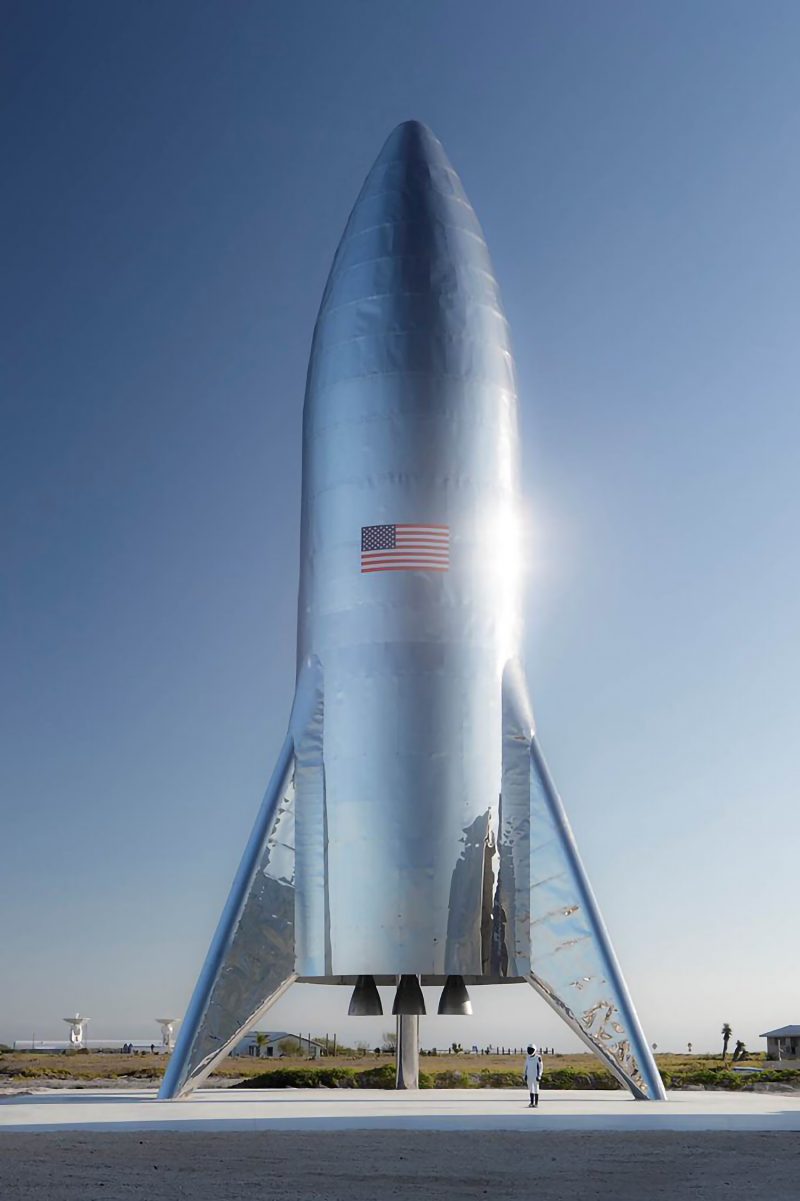
The company also erected this onion-shaped tent in its work yard, where Starhopper was built.

Gale-force winds blew off Starhopper's nosecone in late January, but Musk suggested this wasn't a big deal. Workers later crawled the 60-foot-tall vehicle down Highway 4.
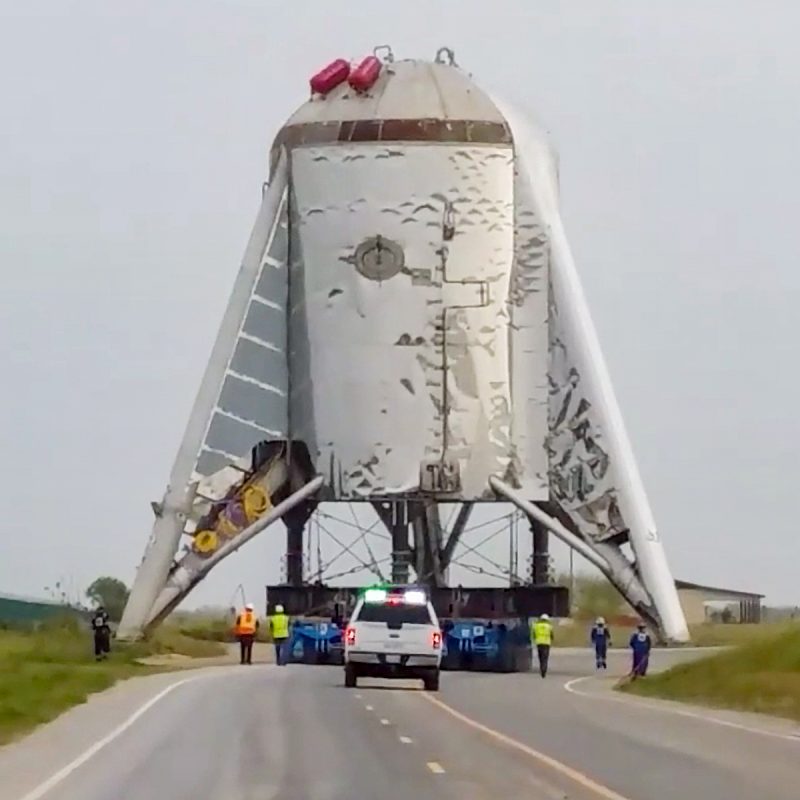
Source: Business Insider
Then they hauled it on top of the giant dirt mound where SpaceX had built a rudimentary launchpad.
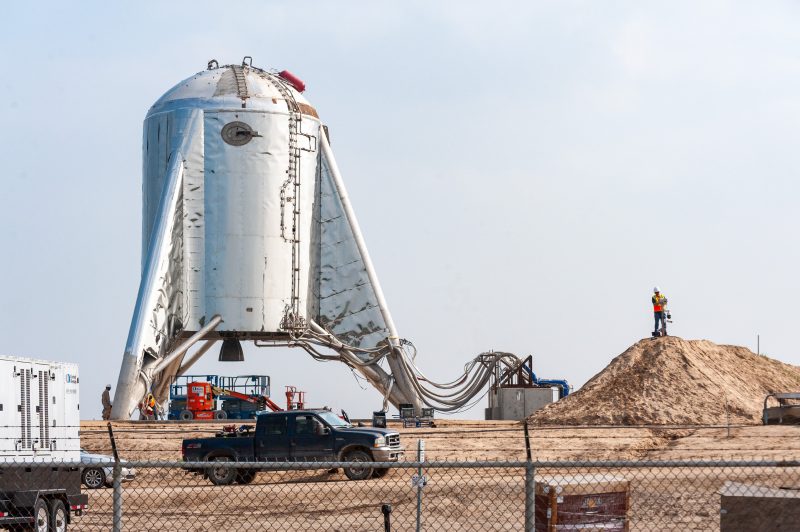
Engineers attached a new Raptor rocket engine to the Starhopper and put it through a series of tests.
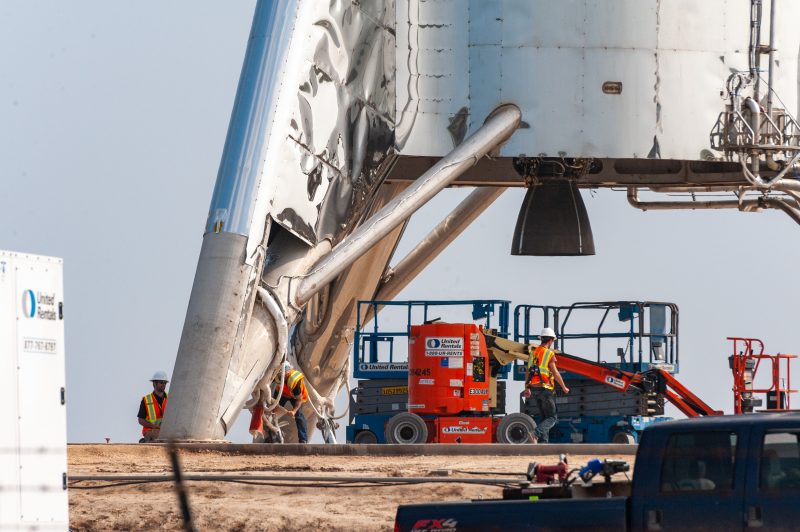
The company "hopped" the Starhopper for the first time on April 3, sending it just a couple of feet off the launch pad. It launched again on April 6, going even higher.
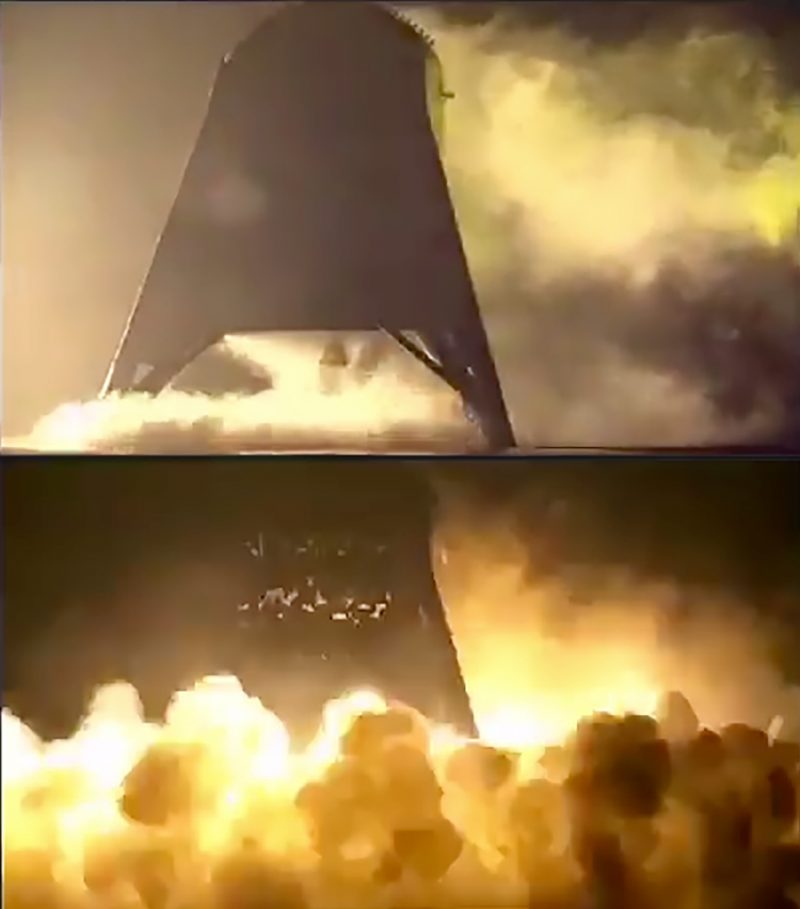
Sources: Business Insider, Twitter (1, 2)
During the first "hop," Business Insider was on the property of Maria and Ray Pointer, which sits east of SpaceX's work yard and west of Boca Chica Village.

Their house is about 1.8 miles away from the launchpad. The roar of the single Raptor engine was so loud that it shook the walls and knocked off part of a window treatment.

The view from their front and back yards used to show Starhopper. Now they can see SpaceX's next upcoming Starship prototype: a vehicle that may launch into orbit around Earth.

The prototypes that SpaceX builds are also visible through the couple's bedroom windows.

Maria said the sunrise sometimes reflects off the surface of the mirror-polished rocket bodies in the morning. She often admires the scene when juicing oranges, she added.
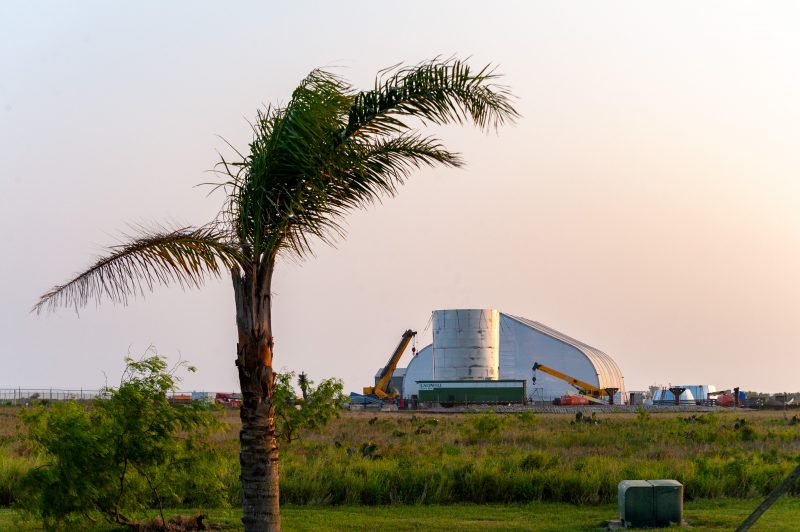
But the Pointers' and their neighbors' close-up look at the future of spaceflight is not always pleasant. At times, they said, construction noises and flood lights create a nuisance throughout the night.

They've also had issues with trespassers, some of whom are looking for construction jobs from SpaceX, while others just want an unobstructed view.

During the launch and engine tests, off-duty police officers hired by SpaceX close off the road to the launchpad and Boca Chica Beach, with the permission of Cameron County's judge. SpaceX also frequently closes the road so workers can move equipment.

Residents can move freely during these road closures, but their visitors and guests cannot. This has occasionally led to heated confrontations between villagers and police.
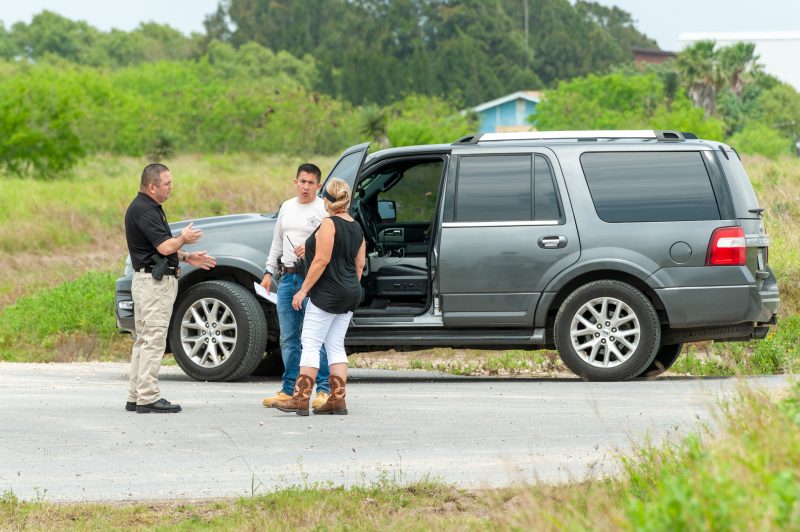
However, SpaceX appears determined to make history at its unique (and often challenging) base in south Texas. Higher and higher "hops" are planned for this month, and the company may soon complete its orbital prototype.
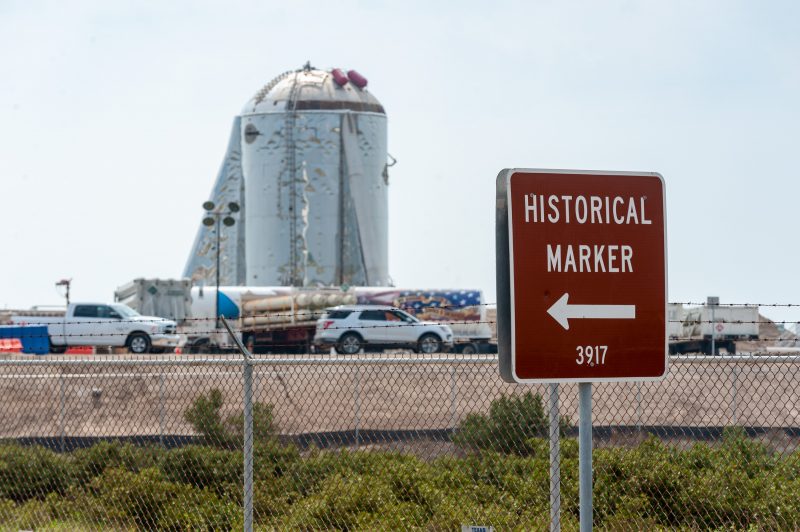
Musk has also said he may provide an update on the Starship program as soon as June 20.
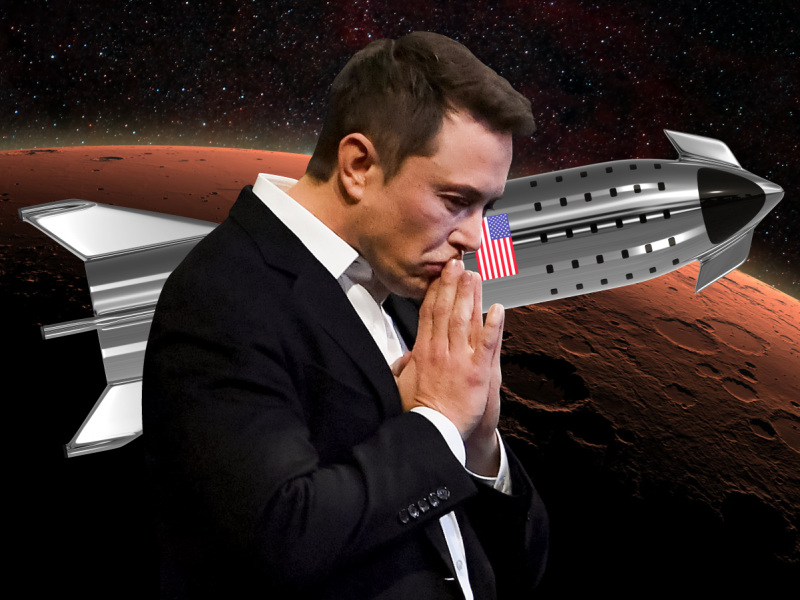
Source: Twitter
Gwynne Shotwell, SpaceX's president and COO, said recently that a full-scale Starship should launch in 2020, followed by a Mars cargo mission in 2024. Crewed missions would come sometime after that, making Boca Chica perhaps the last place an astronaut stands before careening toward the red planet.

Source: Twitter

